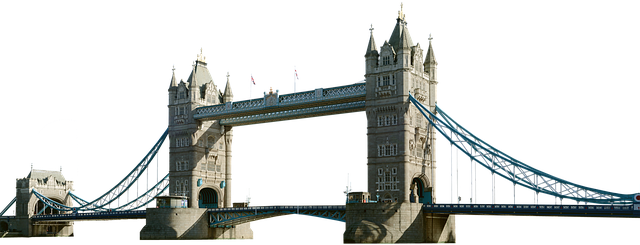At a recent London Tech Week, London mayor Sadiq Khan made an ambitious promise to make London a world-leading smart city through the use of data, connectivity and information technology. It will also be designed to be environmentally friendly, running off sustainable and renewable energy.

The plans already have the support of the European Regional Development fund, who are pledging £1.6million towards an incubator supporting 100 clean-tech small businesses. Meanwhile, Sustainable Bridges, as well as Ford, will base their new smart cities research centre In Stratford Olympic’s new tech hub. As the UK’s largest city, London is currently tackling a ‘Very High’ pollution alert issued by Khan himself, so clean energy solutions are clearly an amendment that could go a long way to making London an even better place.
Out recent article on the Internet of Things mentioned that there are issues with constant connectivity, as well as how useful it might actually prove to be. Yet London might be a much better example of the concept, as the data the smart city collects could have far-reaching applications for traffic, congestion, and the flow of pedestrians, all of which can be recorded as data to help with any major improvements to the city.
Some companies are already paving the way - literally, in fact, in the case of companies such as PaveGen, whose specialist flooring not only transfers energy from people's footsteps, but also footfall data. They've already provided for Heathrow, Harrods and Canary Wharf. Meanwhile, Germany’s Green Science Solutions have pioneered the CityTree, a vertical, outdoor installation that uses moss cultures to reduce dust and nitrous oxides 275 time more efficiently than a regular tree. Maintained remotely, there are already talks underway with London city officials about a possible installation.
Innovations have already been introduced in some cities as part of a trial into a fully-connected metropolis. Parking sensors have kept track of car parking spaces, special dustbins, fitted with sensors, have informed waste disposal organisations when trash is due for collection, and bus stops have tallied up any waiting commuters for the attention of company drivers. It’s easy to see why solutions such as these could be invaluable in our nation's capital.
Of course, it's not as if all these changes can occur overnight. Networking entire districts of the capital, developing software and finding finances will take time. We'll likely have to begin with proven clean-air solutions and data collecting. Autonomous vehicles are already under development; self-driving, computer-aided and being researched by companies such as Google, Tesla and Ford, we could soon be driving cars that slurp up pollution and emit it as city-planning data.
Yet more upcoming technical innovations could well be on the horizon; the aforementioned PaveGen could theoretically power Oxford Street using footsteps alone; Portuguese company Veniam could bring their mobile Wi-Fi hotspots to subway carriages and mini cabs; and London’s ‘Boris Bikes’ could use geotagging, sat-nav, and smartphone payments.
Having so much data collected in real time also allows solutions to be proposed and acted upon faster than ever. When numbers and data are being fed straight to a network, imagine how quickly footfall, congestion and traffic updates can be collated.
Though it could be decades before London becomes the inter-connected, eco-friendly city of the future, it will be exciting to sit back and watch it all unfold.